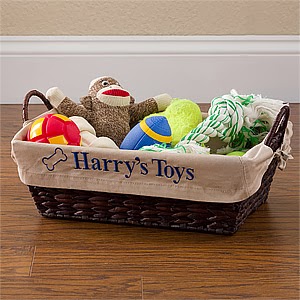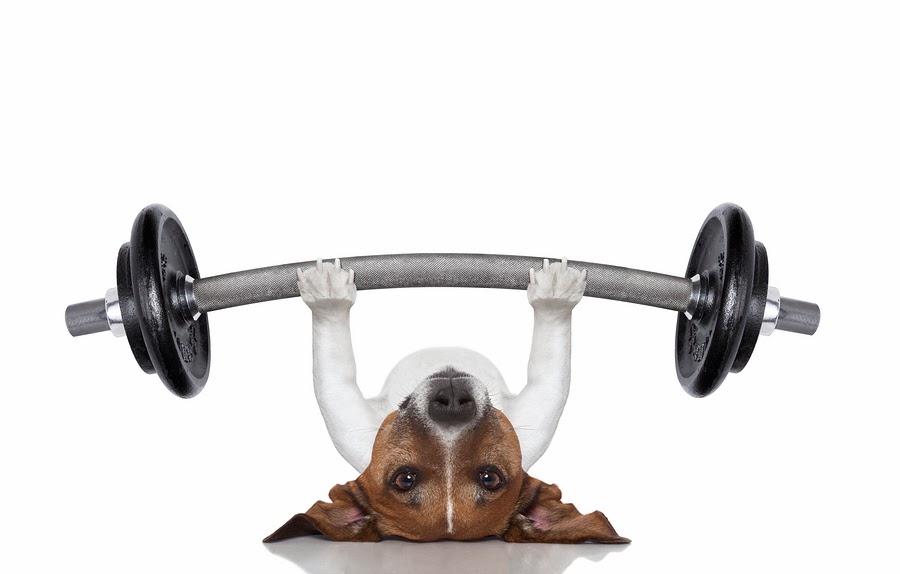NILIF stands for “Nothing in Life is Free.” This
practice (also referred to by dog
trainers as “The Deference Protocol”) teaches dogs that they must earn every
good thing in life.
Pick up all
the toys (and the toy basket if there is one) and put them in the closet.
Ask
for a sit and give her one toy. Better yet, play with the toys with your dog -
don’t leave her to occupy herself by finding things to do. Whenever you let a
young dog move about your house and decide what to do next, she will usually
make the wrong decision.
Even if she
were to ONLY pick up her own toys, that’s still not a good habit to
instill. Leaving toys all over the floor
teaches the dog to go looking for things to occupy herself. In contrast, having
her sit and earn each toy from the owner, teaches her to look to the owner with
interest instead. Dogs who have toys
scattered all over the floor – or who help themselves to toys from a basket or
box – quickly learn to go exploring in order to find things to do. How is she
supposed to understand that the shoe on the floor is not hers, but the rubber
bone is ok?
But most
importantly, the practice of helping herself to toys violates the NILIF
principle. The dog should be deferring to the owner for every resource,
including toys. She should never be helping herself to anything. She must earn
all good things in life including toys, food, treats, petting etc. Nothing in
life is free.
“Want a
treat? Sit. Want to go out? Sit. Want your Kong? Sit.” That’s what the dogs hear every day when
their owners take leadership seriously. In those homes, dogs are constantly deferring
to their owners to earn everything they want, usually by performing obedience
commands such as come, sit, down or stay.
In contrast,
some of the rudest dogs I’ve ever met help themselves to whatever they want in
the home. The food bowl is full all day, toys and bones are everywhere and no
area is off limits. These dogs are rude and ill-mannered - constantly demanding
attention, counter surfing, object stealing and jumping on and barking at their
owners. They barge through doors and
knock them down stairs. They are rude
because that’s the way their owners have trained them. Every day, you are training your dog - whether you realize it or not.
Want to start
teaching your dog some good manners?
Empty out the food bowl and make your dog sit for his food at mealtime. Pick up the toy basket and put it in the
closet. Ignore rude demands for attention and correct bad behavior when it
occurs. Implement some common sense
rules and boundaries and make sure the whole family sticks with them. You’ll be
amazed at the changes you begin to see in your dog’s behavior.



